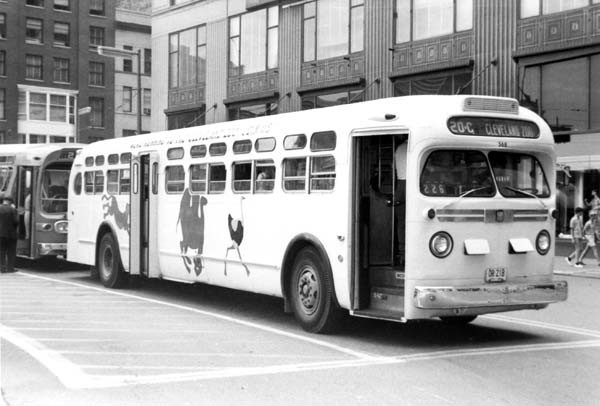Cleveland Metroparks Zoo

By 1907 the Wade Park Zoo on Cleveland's East Side had outgrown its limited space, so the city council decided to move the zoo to Brookside Park. Monkey Island, Sea Lion Pools, bear exhibits, and elephants joined the roster of animals Clevelanders could visit, but the original Wade Park site also continued to operate for the next three decades. After the Cleveland Museum of Natural History was constructed in the portion of Wade Park vacated by the original zoo, the museum took over operations of the Brookside Park zoo, which the city continued to own. In 1975, mirroring a wave of divestiture of city assets, the municipal government transferred the zoo to the Cleveland Metroparks. In the years that followed, the zoo continued to upgrade its exhibits in keeping with an international trend toward more humane animal enclosures several decades in the making. As early as the 1920s, the San Diego Zoo was the nation's most noted park to commit itself to matching natural habitats as closely as possible.
Marking the latest progression in zoo habitat development, the Cleveland Metroparks Zoo opened African Elephant Crossing in May 2011. Cages that gave the animals little room to move gave way to modern facilities that allow for the types of exercise these animals would get in the wild. Cleveland's first zoo elephant was Minnie, who arrived in 1907 and was purchased with "Pennies for Pachyderms" money from a Cleveland Press fundraiser. The next step occurred in 1956 when the Pachyderm House opened at the Cleveland Zoo. The stampede of excited children nearly trampled the master of ceremonies, Gordon Stouffer, son of the Cleveland-based Stouffer Foods founders. The method of training the elephants became known as elephant school. Due to their size and strength it is crucial that the elephants be able to follow commands. These days the zookeepers work with Moshi, Jo, and Martika. The elephants are trained to cooperate so that they can be examined daily to prevent health problems.
The recent elephant habitat is only the latest in a long line of improvements made since the 1970s. Under Cleveland Metroparks' supervision, the zoo expanded by building the Primate and Cat Building. Biothematic zones have been developed and expanded upon over the years. Today, the Cleveland Metroparks Zoo includes The Rainforest, Wolf Wilderness, Australian Adventure and the Sarah Allison Steffee Center for Zoological Medicine.
Audio
Images







